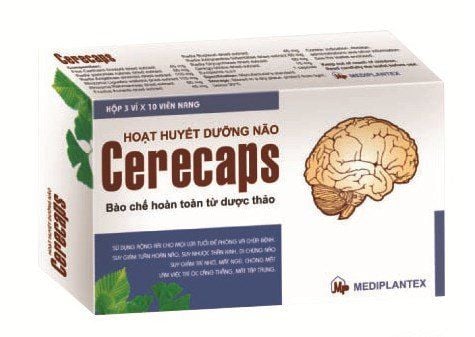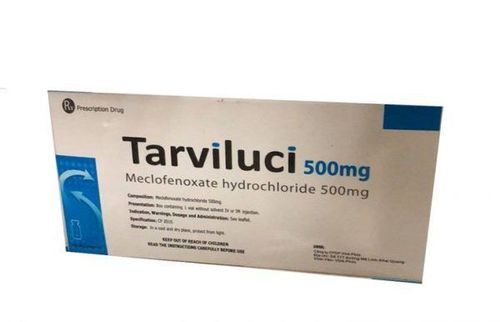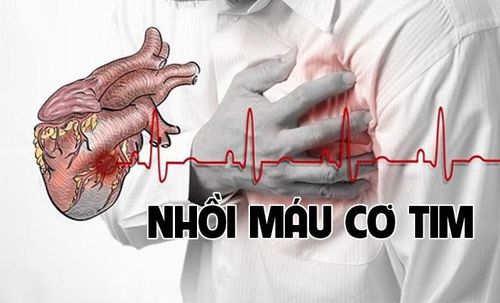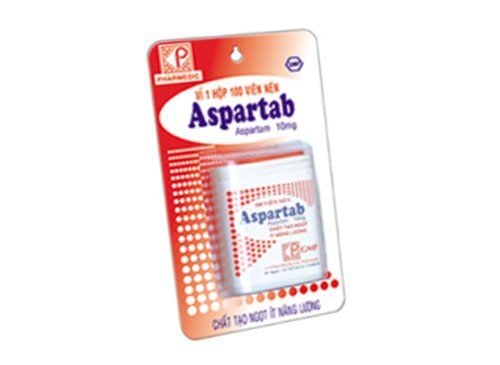This is an automatically translated article.
The article is professionally consulted by Master, Doctor Huynh An Thien - Neurosurgeon - Department of Examination & Internal Medicine - Vinmec Danang International General HospitalCerebral infarction is the main cause of stroke due to the blockage of the blood vessels that supply blood to the brain. According to the Centers for Disease Control and Prevention (CDC), stroke is the fifth leading cause of death in the United States. Of these, 87% of strokes are ischemic strokes.
1. Causes of cerebral embolism?
Common causes of cerebral embolism include:Atherosclerotic disease: 50%, of which large blood vessels outside the skull account for 45%, large blood vessels in the skull (accounting for 5%). Cardiac causes of blood clots: valvular heart disease, atrial fibrillation account for 20%. Occlusion of small blood vessels in the brain (25%) Blood disease (<5%).
2. Factors that increase the risk of cerebrovascular occlusion?
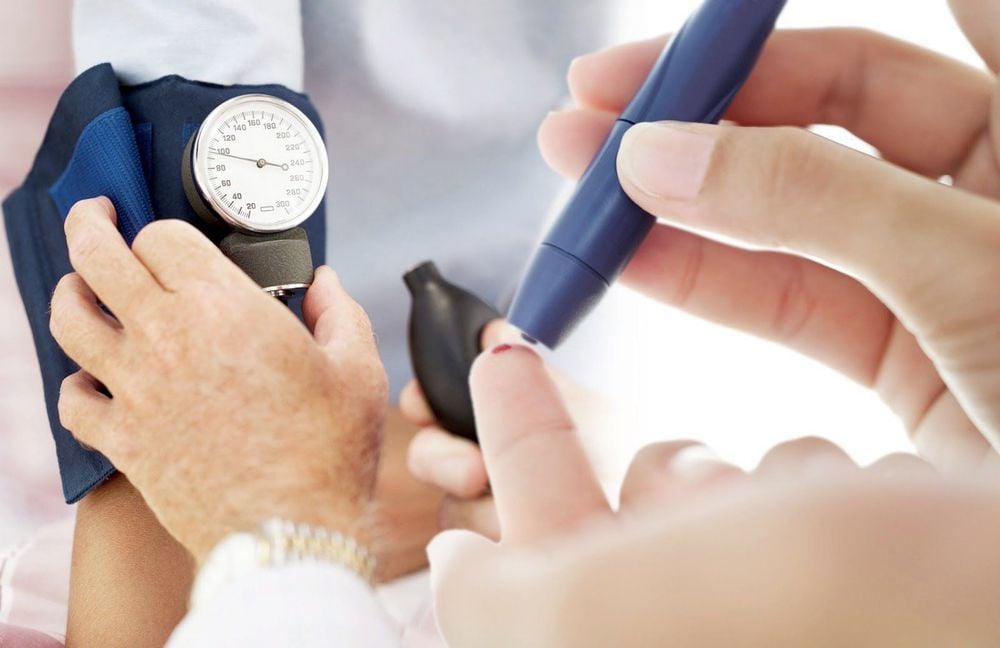
3. Prevention of cerebral embolism

Routine examination: hypertension and hypercholesterolemia are not present with the naked eye. Regular check-ups are the only way to detect and monitor the progression of the disease. Regular blood tests and physical exams will help detect health problems early and treat them promptly. Exercise regularly: An active lifestyle reduces the risk of diabetes, high blood pressure, high cholesterol and other problems that increase the risk of stroke. Healthy diet: A low-fat, low-salt, low-sugar diet, high in fruits and vegetables, fresh foods. No smoking: not smoking is active and passive. Family history: Discuss with your doctor a family history of a loved one who has had an ischemic stroke. Aspirin Prophylaxis: Some high-risk patients are advised to take daily aspirin. It is necessary to see a doctor and take medicine as directed by a doctor, do not arbitrarily use drugs that are not prescribed because of the risk of bleeding. Get enough sleep, limit stress: Get enough sleep, avoid stressful work, and prevent stroke.
4. Treatment of stroke caused by cerebral embolism
Stroke due to cerebral embolism is an emergency with the use of thrombolytic drugs to dissolve blood clots. The drug is prescribed within 4 hours of the onset of the first stroke symptoms. The outcome of treatment depends on how soon the patient is on fibrinolytic drugs.Advantages of fibrinolytic drugs: Timely use of fibrinolytic drugs will dissolve blood clots causing cerebral blood vessel blockage, helping patients get out of critical situations and quickly recover. Cons: Requires quick treatment in the shortest time to fully equipped medical facilities. Currently, Vinmec International Hospital has applied and deployed the technique of stroke treatment by fibrinolysis, which has achieved many successes in stroke emergency. With a treatment success rate of over 90%, fibrinolytic drugs are opening up hope and opportunities for patients. The sooner the patient is treated with this method, the faster the recovery will be without leaving any sequelae.
With modern imaging equipment for CT perfusion results within 7 minutes and performed routinely. To achieve the above successes, it is impossible not to mention the contribution of experienced doctors at Vinmec along with a system of modern equipment to support and a very strict medical examination and treatment process. Completely feel secure when being treated here.
If you are not sure if you have a stroke, you should have a stroke screening. Currently, Magnetic Resonance Imaging - MRI/MRA is considered a "golden" tool to screen for brain stroke. MRI is used to check the condition of most organs in the body, especially valuable in detailed imaging of the brain or spinal nerves. Due to the good contrast and resolution, MRI images allow to detect abnormalities hidden behind bone layers that are difficult to recognize with other imaging methods. MRI can give more accurate results than X-ray techniques (except for DSA angiography) in diagnosing brain diseases, cardiovascular diseases, strokes,... Moreover, the process MRI scans do not cause side effects like X-rays or computed tomography (CT) scans.\
Vinmec International General Hospital currently owns a 3.0 Tesla MRI system equipped with state-of-the-art equipment by GE. Healthcare (USA) with high image quality, allows comprehensive assessment, does not miss the injury but reduces the time taken to take pictures. Silent technology helps to reduce noise, create comfort and reduce stress for the client during the shooting process, resulting in better image quality and shorter imaging time. With the state-of-the-art MRI system With the application of modern methods of cerebral vascular intervention, a team of experienced and well-trained neurologists and radiologists, Vinmec is a prestigious address for stroke risk screening and screening. reliable goods.
In the past time; Vinmec has successfully treated many cases of stroke in a timely manner, leaving no sequelae: saving the life of a patient suffering from 2 consecutive strokes; Responding to foreign female tourists to escape the "death door" of a stroke;...
Please dial HOTLINE for more information or register for an appointment HERE. Download MyVinmec app to make appointments faster and to manage your bookings easily.






